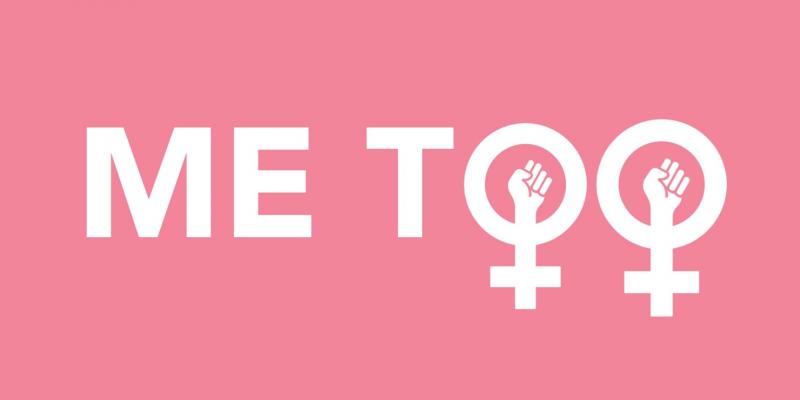#MeToo: Know your rights!
The #Me Too has brought about the sexual discussion within the work place in the forefront.
The #Me Too has brought about the sexual discussion within the work place in the forefront. Sexual Harassment stares us in the face from a proximity so intimate that we cannot dismiss it with a simplistic response. This is because our friends, peers and colleagues are the accusers. All that’s clear is that the problem is real, and it is important to understand the legal regime in order to get protection.
Sexual harassment is a form of sex discrimination. Harassment based on sex violates Title VII if it alters the terms and conditions of employment. The EEOC defines sexual harassment as follows:It is unlawful to harass a person (an applicant or employee) because of that person's sex. Harassment can include 'sexual harassment' or unwelcome sexual advances, requests for sexual favors, and other verbal or physical harassment of a sexual nature. Harassment does not have to be of a sexual nature, however, and can include offensive remarks about a person's sex.
The definition of Sexual harassment is very broad and subject to interpretation according to the facts provided. For example, it is illegal to harass a woman by making offensive comments about women in general. Both victim and the harasser can be either a woman or a man, and the victim and harasser can be the same sex.
Sexual harassment can be classified into two types. One involves specifically sexual overtones aimed at an employee or group of employees and the other type of sexual harassment involves an employer creating or condoning an atmosphere that is intolerably infused with sex-based rancor or lewdness. Both types of sexual harassment are illegal when the behavior is either so severe or so pervasive as to alter the terms and conditions of employment and make a person feel uncomfortable.
The EEOC through its Guidelines on Sexual Harassment routinely categorized sexual harassment as either: (1) quid pro quo, in which a supervisor seeks sexual favors in return for the gain or threatened loss of employment or some tangible aspect of employment; or (2) a sexually hostile work environment, in which unwelcome conduct of a sexual nature is sufficiently pervasive or severe as to alter the conditions of employment.
A quid pro quo sexual harassment claim requires the plaintiff to show that: (1) she belongs to a protected group; (2) she was subject to unwelcome sexual harassment; (3) the harassment complained of was based upon sex; (4) plaintiff's reactions to the harassment affected tangible aspects of compensations, terms, conditions, or privileges of employment; and (5) the employer knew or should have known of the harassment and took no effective remedial action.
The other type of sexual harassment is called ";hostile work environment."; A hostile work environment can arise in a number of ways. The supervisor may subject the subordinate to unwanted sexual advances, without explicitly making submission a condition of employment. The supervisor may make frequent sexist, sexual, or hostile anti-woman statements, or otherwise condone a workplace so pervaded by sexual innuendo or discussion as to change the terms and conditions of employment. The supervisor may turn a blind eye to the same conduct by coworkers, or even clients or vendors. A hostile work environment sexual harassment claim requires the plaintiff to demonstrate that: (1) she was subjected to unwelcome conduct; (2) the unwelcome conduct was based on sex; (3) the conduct was sufficiently pervasive or severe to alter the conditions of employment and create a hostile work environment; and (4) some basis exists for imputing liability to the employer. A sexually hostile environment must be both objectively and subjectively offensive. That is, a reasonable person (or woman) would find the atmosphere hostile or abusive, and in fact, the plaintiff so perceived it.
For more information on this topic, please contact the authors, KNA PEARL.




Comments